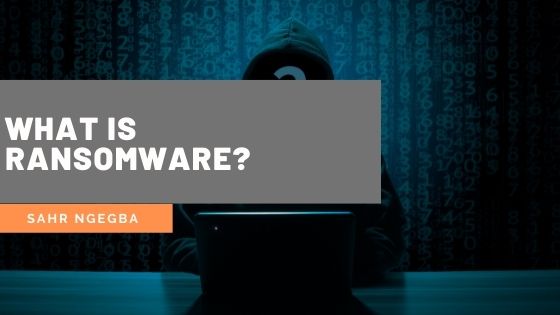Ransomware is a type of cybersecurity threat that affects businesses and individuals. The malware conceals data in a device and converts it into a code preventing access to the device owner. The attacker demands a ransom to unlock the victim’s machine. The payment is made in bitcoin to cybercriminals.
Types of Ransomware Attacks
The different types of ransomware include :
- Locky
- Crysis
- GoldenEye
- CryptoWall
- CryptoLocker
- Jigsaw
- Bad rabbit
Who do Attackers Target?
The most targeted organisations include universities, medical institutions, and the government. Attackers know such organisations share files frequently and widely and few security teams. Such institutions are likely to make payments quickly to avoid more losses and protect their public name.
How the Software Works
Ransomware uses various ways to access gadgets and devices. Phishing is one of the main ways attackers use it. The victim receives a prompt email presented as a trusted file for the person to open the link. Upon opening or downloading the link, the user gives administrative access to the attacker. Ransomware can also present itself without user participation. The user receives a message explaining that some or all files in the device are inaccessible and can only be decrypted using a mathematical key from the attacker.
Another way the attackers present ransomware is through a leakware variant threatening to leak victims’ sensitive data. Other attackers pretend to be law enforcement agencies asking for a fine claiming the victim has pirated software or the presence of pornographic materials.
How to Remove Ransomware from the Computer
Removing ransomware from the computer does not mean the files become decrypted because the transformation of the file is unreadable. Although one can restore the computer by installing anti-malware software, the attacker needs the mathematical key to access the files.
Ways of Preventing Ransomware
- Ransomware preventive measures include the following security practices.
- Update the operating systems daily to reduce computer vulnerability.
- Installation of antivirus software helps in detecting malicious attacks and programs to prevent unauthorised access.
- Backup data regularly to reduce the damage caused in case there is a malware attack.
- Create strong passwords and encourage employees to change them frequently.
- Protects personal information and avoid sharing it with outsiders.
- Scan emails and ensure remote users have VPNs.

